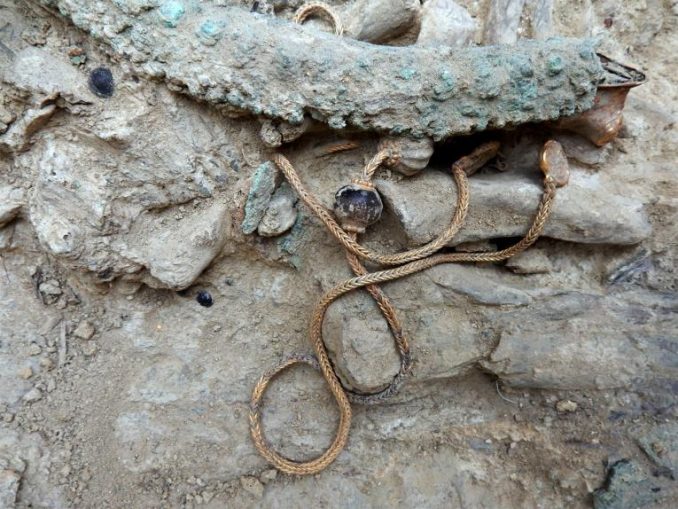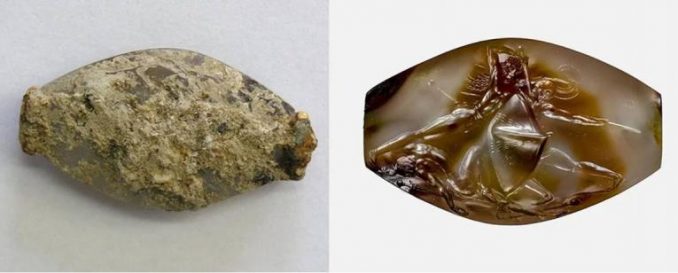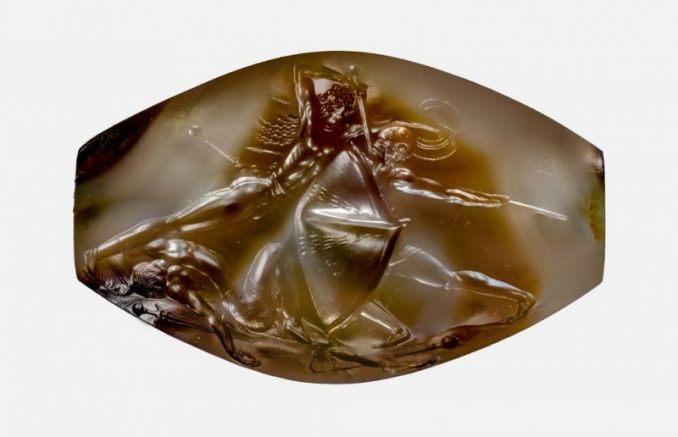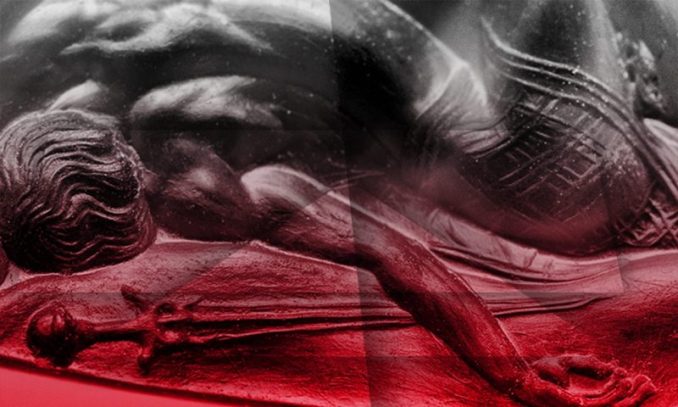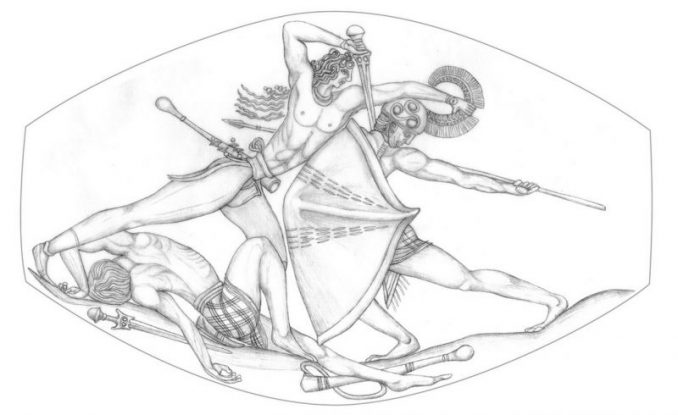St. Phatty
Active member
'If a simple & minor wound like that could kill a human being, we wouldn't have survived this long.whoa wait what?did you actually do that phattey?that thing needs some work done.you could lose your hand!thats an extreme case but true.fuck man good luck.srs i always respected chainsaws and other saws
BUT OF COURSE - I may be curious what the "natural" solution would be for a "Caveman" - what would happen with no antibiotics ? I'm not that curious.
This is what I'm taking -
2 days with Cephalexin
2 days taking Amoxicillin
take it from there.
The swelling is completely down in my little finger after taking one day of Cephalexin 500 mg.
I recommend that all Americans have their own stash of antibiotics (Penicillin, Amoxicillin, Cephalexin, Clindamycin, Vancomycin) because American health care is so bad.
Looks like I get to be a one-handed gardener for a few weeks.





